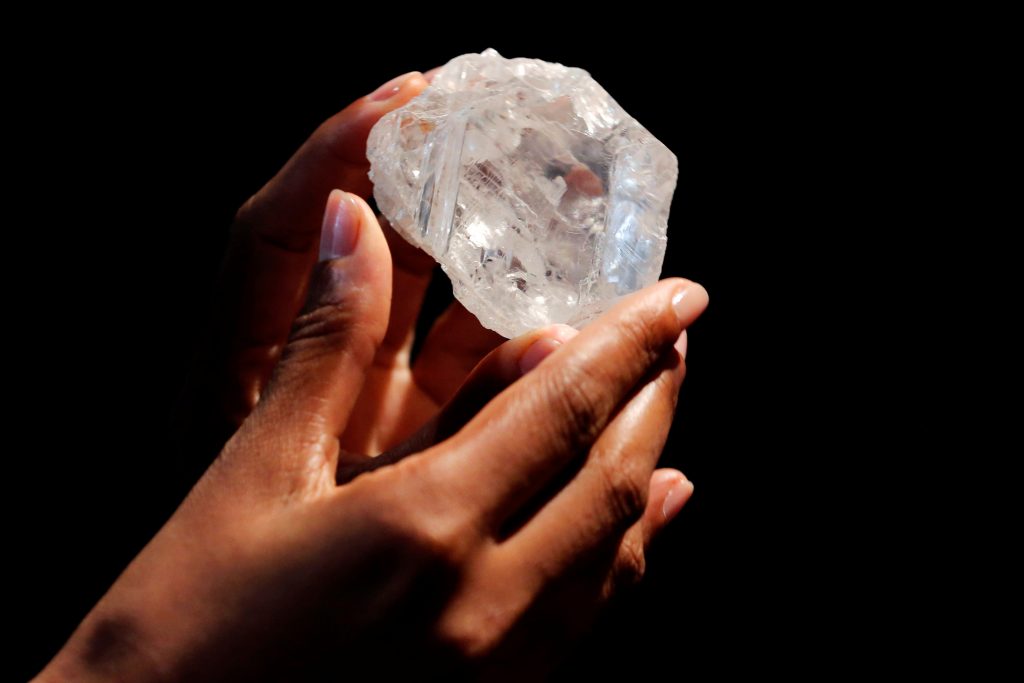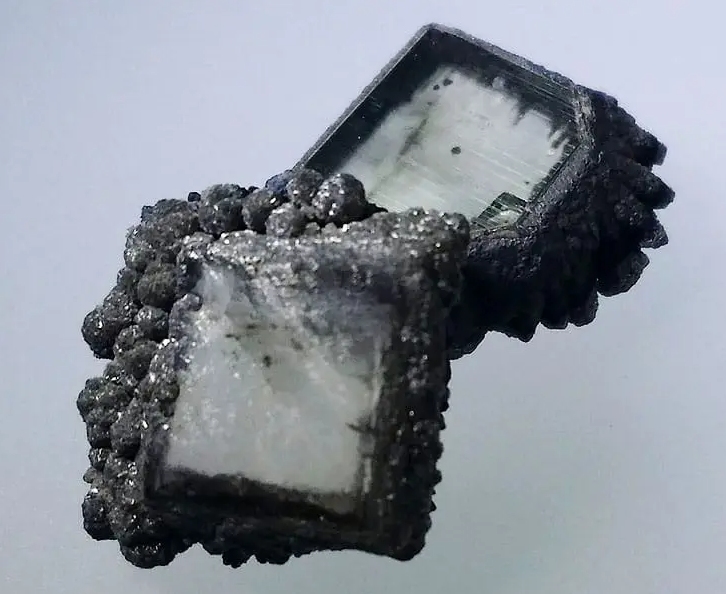We live in fake times, fake friends, fake news, fake food, fake diamonds....
Nothing's is real?
Love is REAL ! Our diamonds are REAL !
-------------------------------------------------------------------------------------------------------------
Natural vs. Synthetic diamonds.
Natural diamonds are rare, and their value is based on their rarity, beauty, and the 4Cs - carat weight, color, clarity, and cut.
On the other hand, a synthetic diamond is created in a laboratory through a process called high-pressure high-temperature (HPHT)
or chemical vapor deposition (CVD). Synthetic diamonds are made to mimic the natural diamond's physical and chemical properties,
and they can be virtually identical to natural diamonds. However, they are not considered as rare as natural diamonds.
The value of a natural diamond is typically higher than that of a synthetic diamond due to their rarity, historical significance,
and the natural formation process. However, the value of a diamond ultimately depends on its quality, size, and demand in the market.
Synthetic diamonds are much less expensive.
What are the advantages of a natural diamond?

Rarity: Natural diamonds are formed through geological processes that take millions of years.
Therefore, they are rarer than synthetic diamonds, which contributes to their value and exclusivity.
History and sentimental value: Natural diamonds have been a symbol of love, fidelity, and wealth for centuries.
They have a long history and are often passed down from generation to generation as family heirlooms.
Unique characteristics: Natural diamonds have unique and natural characteristics that synthetic diamonds do not have,
such as internal inclusions, imperfections, and irregularities. For some people, these characteristics are attractive and add character
and personality to the diamond.
Value retention: Natural diamonds have a proven track record of retaining their value over time.
Their value may fluctuate based on market and economic factors, but overall they retain their value and increase in value over time.
What are the desadvantages of a synthetic diamond?

Perception: Some people still perceive synthetic diamonds as being "less authentic" than natural diamonds, which may impact
their value and desirability in certain markets.
Limited rarity: Synthetic diamonds can be produced in large quantities, which can impact their perceived value and exclusivity.
Lack of unique characteristics: Synthetic diamonds do not have the same natural inclusions and imperfections that natural diamonds have.
Lower resale value: Synthetic diamonds generally have non or a lower resale value than natural diamonds,
which may make them less attractive for investment purposes.
Environmental concerns: While synthetic diamonds are more environmentally friendly than natural diamonds, the production of synthetic diamonds
still requires a lot of energy and resources that can have an impact on the environment.
Conclusions....
The synthetic marketing campaigns are just the tip of the iceberg. What’s really going on is an attempt to steal the identity of natural diamonds and hijack the reason people buy diamonds. Synthetics sellers are not saying “Buy synthetics because they are more beautiful, sparkly, or well cut.” They are saying “Buy synthetics because they are the same as natural diamonds but with better ethics and lower prices.” They are getting under our skin by trying to capture the idea and promise of natural diamonds.
Synthetics are parasites living off the marketing message that naturally scarce diamonds are the ultimate gift of love and commitment. Synthetics are trying to steal the Diamond Dream. They don’t have their own message. Synthetics are not more ethical. They don’t contribute to sustainable economic development in developing countries. And most importantly they don’t hold value.
Synthetic sellers make a strong argument that synthetic diamonds are “exactly the same” as natural diamonds. But that’s not true. Synthetic diamonds have no natural limitation of supply. They can be cranked out in unlimited quantities and will be manufactured as long as there is profit. Given a competitive market, the quantity and supply of synthetic diamonds manufactured will increase until there is very little price difference between the cost of manufacturing and the sales price. The wholesale B2B price of synthetics is limited to manufacturing costs plus a small distribution profit.
The cost of manufacturing synthetic diamonds is continuously decreasing (it currently stands at $50 to $90 per carat). it is reasonable and rational to predict that synthetic diamond prices will decline significantly over the next few years. In fact, prices for 1-carat synthetics have fallen already over 90%.
In contrast, the supply of natural diamonds , particularly large expensive diamonds, is limited by their natural occurrence. You can’t just crank them out. Natural diamond prices are based on scarcity and that is why their price per carat increases with size and quality. The scarcer something is the more valuable it is.
Consumers are not being told of the sinking value of their synthetic diamonds. Some jewelers and sellers on internet are misleading consumers who think they are buying a diamond that will retain value the way a natural diamond does. An entire generation of millennials is being “ethically” ripped off.
Your love is as real as your natural diamond !
Video "Synthetic diamonds do not have any value !"